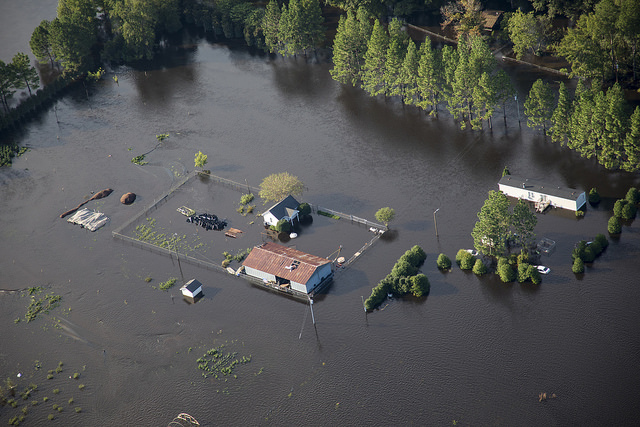Disaster Recovery Doesn't End When the TV Cameras Leave
As images from Hurricane Florence flashed across TV screens and into social media feeds this week, Americans rallied to support those in need.
But now that the storm is mostly over, the real work begins.
And that’s where community foundations come in.
Community foundations are playing a leading role in Hurricane Florence relief efforts, now and in the long term. Creative Commons photo courtesy of the North Carolina National Guard.
As noted in Washington Monthly, community foundations have long been a source of ongoing support for cities and towns that have been affected by hurricanes, tornadoes, mass shootings, and other disasters:
“Community foundations often play a central and unsung role at times of disaster — helping those who have been affected recover and rebuild for the long term. We are there to help disaster-response charities provide shelter and food for those who are displaced after events like fires, floods, tornadoes and hurricanes. We’re also there months and years later — coordinating with government and nonprofits to provide mental-health services, rebuild homes and schools, and ensure that our communities are better prepared for the next disaster.”
You can expect more of the same in the wake of Hurricane Florence, as several community foundations in North Carolina and South Carolina are collecting donations and ensuring that these contributions are properly allocated to help the people most affected by the disaster.

